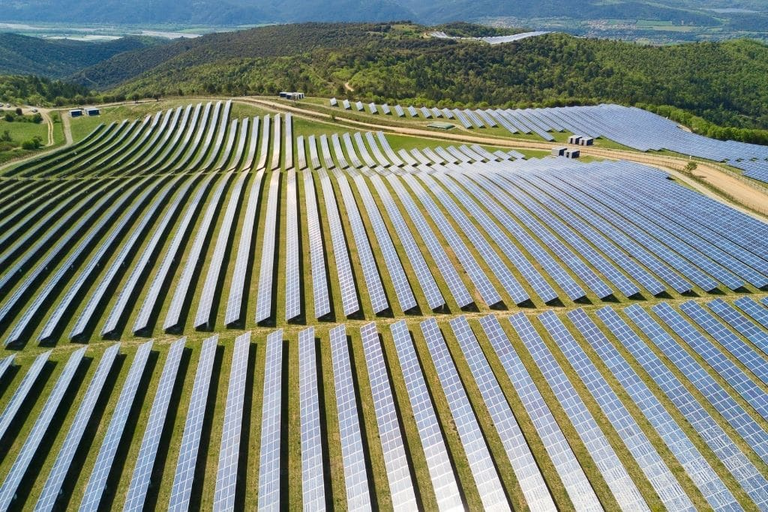Europe’s Renewable Energy Boom Creates a New Issue: Electricity Has Become Too Cheap
Europe has ramped up its investment in wind and solar power so aggressively that, paradoxically, electricity prices have dropped to unprecedented lows — and in some cases, even turned negative.
As clean energy surges across the continent, there are more hours when wholesale electricity prices fall below zero. This occurs when supply — driven by renewable output — exceeds demand, forcing power generators to pay the grid to take their electricity or shut down production . So far, Europe has seen record levels of such negative pricing.
While low-cost renewables sound ideal, they introduce three core challenges:
1. Flawed Market Structure
European power markets use a “marginal pricing” model: all generators are paid at the rate determined by the most expensive plant needed to meet demand, usually gas-fired units.
As renewables displace fossil fuels, payment is still set by gas plants, meaning clean energy’s low cost doesn’t lower system-wide prices for consumers.
2. Grid Capacity Limits
Many new renewable installations are located in areas with limited transmission infrastructure. This mismatch means clean energy either goes unused or the grid pays to reroute from more expensive sources — a costly inefficiency.
3. Need for Flexibility & Storage
Surplus clean power needs storage solutions like batteries or pumped hydro, as well as demand-response systems that encourage consumption during low-price hours.
Despite these hurdles, it’s not all downside: the so-called “merit-order effect” from renewables has already reduced wholesale prices significantly — studies show a 10–40% drop in Germany during peak solar output.
Next Steps to Tackle the Paradox
To truly benefit from cheap renewables and fix emerging issues, Europe must:
Reform pricing mechanisms to align with local supply and demand — potentially through dynamic or zonal pricing.
Upgrade and expand grids, especially to link wind- and solar-rich regions with dense demand centers.
Invest aggressively in storage and flexibility, reducing the frequency and duration of negative pricing events while maximizing renewable utilization.
Summary
Europe’s success in deploying renewables has led to a new challenge: electricity that’s sometimes too cheap, causing unstable pricing, underutilized assets, and stressed grids. But with smart market reforms, modernized infrastructure, and investments in flexible systems, the continent can turn this “problem” into a path toward cleaner, more resilient, and ultimately more affordable electricity.
Should electricity markets be restructured to better reflect the low cost of renewable energy, or does marginal pricing still make sense in a clean-energy future?

https://www.reddit.com/r/EU_Economics/comments/1lhyamp/europes_renewable_energy_boom_creates_a_new_issue/
https://www.reddit.com/r/europe_sub/comments/1libbc2/europes_renewable_energy_boom_creates_a_new_issue/
This post has been shared on Reddit by @davideownzall, @stekene through the HivePosh initiative.
https://bsky.app/profile/did:plc:cuu4cpvbaimi4o7dpizsenb3/post/3lsrdxrpv7k2h
https://bsky.app/profile/did:plc:cuu4cpvbaimi4o7dpizsenb3/post/3lsrdxrpv7k2h
The rewards earned on this comment will go to the author of the blog post.